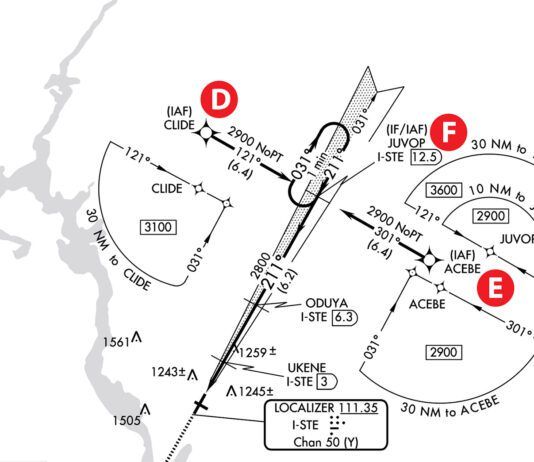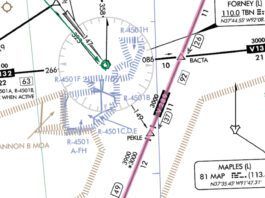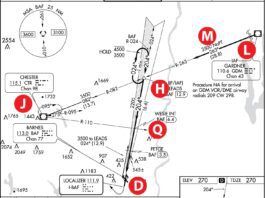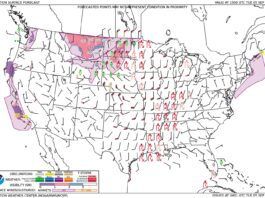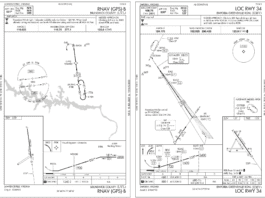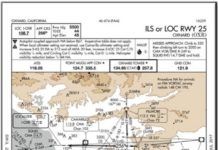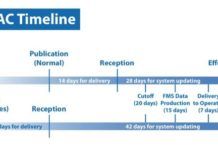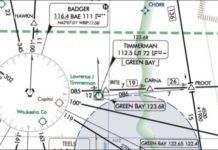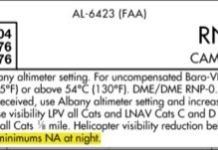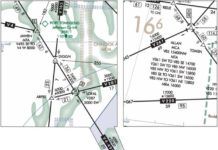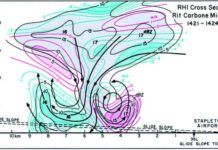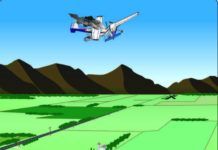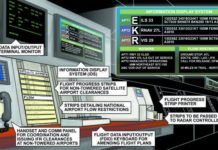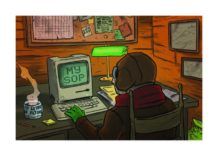GPS: Safety of Flight
If you live west of the Mississippi, out where most of the military airspace and where most of the testing is done, youre well familiar with those pesky NOTAMs announcing interference testing of GPS or outright loss of the GPS signals. Most of us ignore them.
Briefing: August 2017
The Paris Air Show opened in June with the usual displays of military hardware and the latest passenger jets, but new and emerging technologies also attracted a lot of attention. Volocopter, a German company that has been developing a two-seat electric VTOL, announced it will work with the government of Dubai to test fly semi-autonomous air taxis by the end of this year. Boom unveiled the final design for a subscale prototype of its supersonic airliner, and said it will fly next year, with three GE engines. Airbus said its working on a new helicopter with a box-wing design that will cruise at 215 knots while maximizing efficiency. The Racer demonstrator will fly in 2020, Airbus said.
Readback: August 2017
In April Killer Quiz, The Prof and the Pilot, I dont think that the answer to the last question is correct. With tailwind, one should reduce the airspeed below best glide speed, which in turn reduces the sink rate. Gliders pilots are very familiar with these concepts.Unfortunately, Cessna doesnt publish sink rates at various speeds to compute that accurately, so we are left to back-of-the-envelope calculations. We know that at best-glide speed (65 knots.
A Date With AIRAC
Maybe were too busy focusing on the forest and the trees that the dirt making up the foundation of the arbors is ignored. Or perhaps its the elephant in the room no one discusses. Instructors dont teach it because they dont understand the opaque system themselves-cant teach something you dont know. Whatever the cause, many pilots have a poor understanding of how aeronautical information travels through the system and how charts are updated.
Across the Pond
On occasion I have a flight across the pond. No, its not an ocean crossing, although it sometimes feels like it. These flights cross Lake Michigan, and require a bit more planning than flights over land. When you fly around the Great Lakes, its taken for granted that if youre in a single-engine piston aircraft, you have to carefully examine the risks and mitigations. Dont want to cross the lake at all? Fly around it and spend that extra time to stay over land. Not good weather for a crossing? Same deal.
Circling versus Mins
The whole thing started when a reader asked about an approach to a Runway 26 that had the note, Rwy 26 Straight-in and Circling minimums NA at night. Why doesnt it just say the approach is NA at night? the reader asked. We agreed thats what it seemed to say, but we also wondered why it was said in so awkward a manner. So, we investigated and the answer we found surprised all of us.
Laying Down the Line
Did you know that even piston airplanes can occasionally leave a contrail? Sure, its unusual, but it can happen. Many of us often wonder why some airplanes leave contrails that can last seemingly forever, while others leave a contrail that doesnt last but a few seconds. Plus, of course, sometimes theres no contrail at all. Contrails are an interesting phenomenon. So, lets have some fun examining the science behind contrails. Along the way we can use that as a basis to learn a bit more about how the atmosphere behaves.
Charting on the MTA
I loved The MTA Song as a kid. You know it: Charlie gets caught a nickel short and left to ride the rails of the Boston subway forever because the fare went up during his morning commute. I loved its joyful ridiculousness, and I loved that my dad would belt it out for us on his old Martin. (He was a beatnik-a hippy before it was cool.) Charlies wife handing him a sandwich always bugged me though. Why didnt she just hand him a nickel so he could get off the train?
Windshear Weather
Last month, Handling Windshear, described how to recognize, avoid and, handle an encounter with windshear. The focus of that article was the practical side of piloting but we necessarily touched on the basics of the weather behind thunderstorms, microbursts and windshear. Now its time to dig deeper into that meteorology.
IFR/VFR Separation
Regulations prevent collisions through right-of-way rules. These codified decencies apply to the road, sea and air. For aviation, 14 CFR 91.113 warns that regardless of whether an operation is conducted under instrument flight rules or visual flight rules, vigilance shall be maintained by each person operating an aircraft so as to see and avoid other aircraft. Sage advice, that, especially with our butts in the hot seat.
Flight Data Controller
A radar controllers primary concern is the safe sequencing of airplanes. Accomplishing this requires more than just good judgment, clear communication, effective working speed, and knowledge of aircraft and airspace. It depends also on up-to-date information and the ability to stay focused on his airplanes. The controller needs access to a variety of data, such as weather, NOTAMs, nationwide flow restrictions, PIREPs. SIGMETs, etc. This (often critical) information changes frequently, comes from a variety of different sources, and affects aircraft in a many ways.
Put It Together: DIY SOP
Weve discussed the benefits of personal standard operating procedures (SOP) for our own flying. Weve taken the main elements (Using an SOP in GA, September 2016) and began creating our own (DIY SOP Considerations, February 2017). Meanwhile, we tried to wean you from your do-list in favor of a flow and check (Change Your Checklist, October 2016 and DIY Flow and Check, January 2017). In this final article, we assemble a personal SOP for a light GA single.

